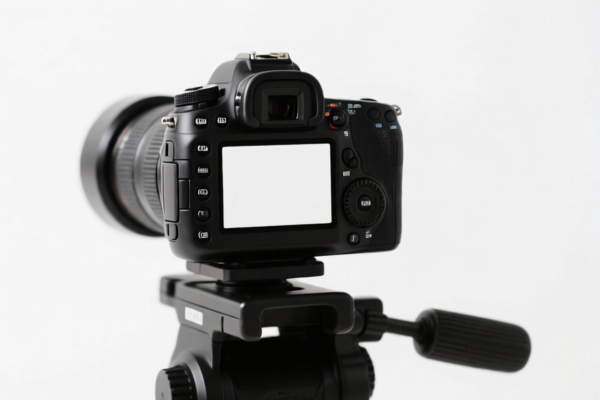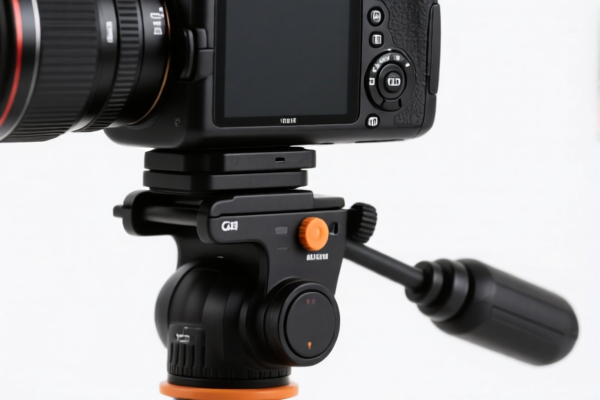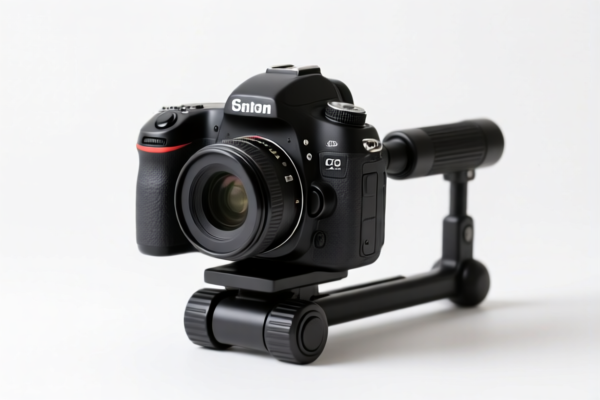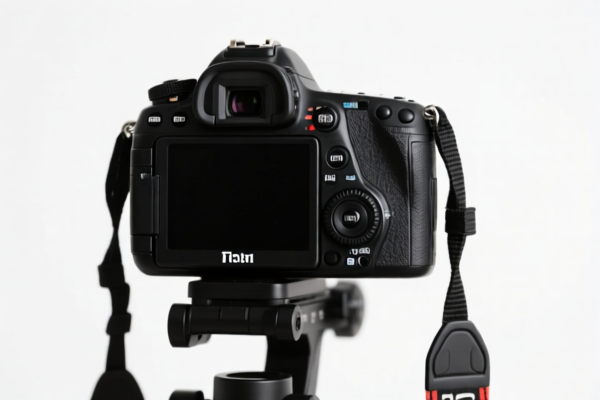| HS Code | Official Doc | Tariff Rate | Origin | Destination | Effective Date |
|---|---|---|---|---|---|
| 8548000000 | Doc | 55.0% | CN | US | 2025-05-12 |




Okay, let's break down the classification and duty information for your declared goods. Here's a detailed analysis, presented in a structured format to help you understand the implications for customs clearance:
Analysis of Declared Goods:
You've provided information for two items. We'll address each one separately.
Item 1: Trunks, Suitcases, and Similar Containers (Leather or Composition Leather)
Description: Trunks, suitcases, vanity cases, attache cases, briefcases, school satchels, spectacle cases, binocular cases, camera cases, musical instrument cases, gun cases, holsters and similar containers; traveling bags, insulated food or beverage bags, toiletry bags, knapsacks and backpacks, handbags, shopping bags, wallets, purses, map cases, cigarette cases, tobacco pouches, tool bags, sports bags, bottle cases, jewelry boxes, powder cases, cutlery cases and similar containers, of leather or of composition leather, of sheeting of plastics, of textile materials, of vulcanized fiber or of paperboard, or wholly or mainly covered with such materials or with paper: Trunks, suitcases, vanity cases, attache cases, briefcases, school satchels and similar containers: With outer surface of leather or of composition leather Attache cases, briefcases, school satchels, occupational luggage cases and similar containers.
HS Code: Currently blank. This is the critical piece we need to determine. Based on the description, the most likely HS Code falls within Chapter 42: Articles of leather; saddlery and harness; travel goods, handbags and similar articles, and articles of animal gut, of animal skin other than leather.
Let's break down potential HS Codes within Chapter 42:
- 4202: Articles of leather clothing (e.g., jackets, trousers, vests). This is unlikely given the broader description.
- 4203: Bags, wallets and similar articles of leather or of composition leather:
- 4203.10: Handbags
- 4203.20: Wallets, purses, card holders, etc.
- 4203.30: Briefcases, school satchels, occupational luggage cases, etc. This is a strong possibility.
- 4204: Suitcases, travelling bags, toiletries bags, backpacks, handbags, shopping bags, etc. This is also a strong possibility, depending on the specific items.
Determining the Correct HS Code:
To pinpoint the exact HS Code, we need more detail. Specifically:
- What is the primary material? (Leather, composition leather, plastic, textile?)
- What is the function of the item? (Handbag, briefcase, backpack, suitcase, etc.)
- Are there any specific features? (Wheels, straps, compartments, etc.)
Duty Considerations (Once HS Code is Determined):
Duty rates for Chapter 42 vary significantly based on the material and specific item. Expect rates ranging from relatively low to moderate.
Item 2: Electrical Parts of Machinery or Apparatus
Description: Electrical parts of machinery or apparatus, not specified or included elsewhere in this chapter.
HS Code: 8548.00.00.00
- 85: Electrical machinery and equipment.
- 48: Electrical parts of machinery or apparatus.
- 00.00.00: This specifies a general category within electrical parts.
Duty Considerations:
- Basic Duty: 0.0%
- Additional Duty: 25.0%
- Post-April 2025 Additional Duty: 30.0%
- Total Duty: 55.0%
Important Notes for 8548.00.00.00:
- Specificity is Key: While 8548.00.00.00 is the code, it's a broad category. If the parts have a more specific function (e.g., connectors, switches, transformers), there might be a more accurate (and potentially lower-duty) HS Code.
- Material Composition: The material of the electrical parts can sometimes influence the duty rate.
- End Use: The intended use of the electrical parts is also important.
Recommendations:
- Confirm HS Codes: For Item 1, provide more detailed information about the materials and function of the items to determine the correct HS Code. For Item 2, double-check if a more specific HS Code exists within Chapter 85.
- Check for Certifications: Depending on the nature of the electrical parts (Item 2), you may need to provide certifications (e.g., CE, UL) to demonstrate compliance with safety standards.
- Verify Valuation: Ensure the declared value of the goods is accurate and reflects the true transaction value.
- Review Import Regulations: Check for any specific import regulations or restrictions that apply to these types of goods in your destination country.
- Consider a Customs Broker: If you are unsure about any aspect of the import process, consider working with a licensed customs broker. They can provide expert guidance and ensure compliance with all applicable regulations.
Disclaimer: I am an AI assistant and cannot provide definitive customs advice. This information is for general guidance only. Always consult with a qualified customs professional for specific advice related to your import situation.
Customer Reviews
I needed the HS code for camera accessories and found it quickly. The effective date and tariff info were exactly what I was looking for.
The analysis of the camera accessories HS code was thorough. I especially liked the breakdown of the 55% duty rate and its components.
This page saved me time with the HS code and the tariff rate for camera accessories. The link to the official doc is a big plus.
The info was good, but I was expecting more about the origin and destination details for the HS code. Still, it was useful.
The page gave me the exact HS code for my camera accessories and the effective date, which is crucial for my export planning.